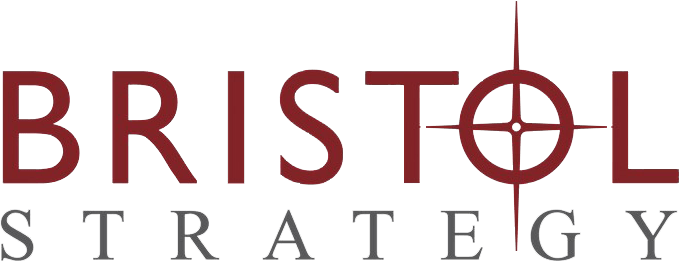Nonprofit boards play a critical role in fundraising. The most successful organizations recognize this and build partnerships between their board members and development officers. However, the unfortunate reality for many nonprofits is that board members often resist their responsibility to actively engage in fundraising initiatives or they simply don’t understand how to be the most helpful.
This group may already assist in ongoing strategic counsel, but there’s more to fundraising than strategizing. Effective fundraising requires hands-on participation. It’s up to the executive director and other nonprofit leadership to bridge this gap and inspire board members to get involved.
To establish a culture of successful fundraising, you first need to fully understand where your board fits into the pipeline. That way, you can effectively communicate expectations from the start. While there are several tasks that can be assigned, there are three primary fundraising stages in which they should participate, including:
When board members fully understand their role in fundraising, they’ll be much more excited to participate. Ready to figure out how your own board fits into your initiatives? Let’s dive in.
Lead Generation
As one of the first steps in fundraising, your board members should participate in finding eligible prospects. These prospects could include anyone from donors to local business owners who may be interested in forming a partnership. Some major benefits of involving your board in lead generation include:
- They have more contacts than you. For example, they may have previously served on other organizations’ boards, giving them access to plenty of promising contacts who have the desire to invest in the community. A diverse board is composed of members who have different connections throughout the community, multiplying your network even further.
- Personal connections outperform universal appeals every time. Think about it: it’s easy to delete a mass email without a second thought, but with an established relationship in place, that’s much harder to do. Existing connections will ultimately make it easier to demonstrate value to donors and boost your network, rather than spending time cultivating relationships from scratch.
Keep in mind that board members may be hesitant to mix their personal and professional lives. As much as they love your nonprofit and the work it does, they may not want their charitable work to bleed into their professional lives.
In these cases, emphasize the value of relationships and how a powerful connection can benefit the welfare of the organization. You may even choose to ask them to merely facilitate an introduction. They may feel more comfortable with this approach rather than being a part of a direct monetary transaction.
Funder Outreach
While lead generation is a great start, don’t stop there. Consider encouraging board members to take part in reaching out to these individuals. The best part of turning to board members to conduct outreach is that they have a natural passion for your cause that will shine through when communicating with funders. After all, the best conversations stem from an organic passion for the mission.
While asking prospects for donations or following up with contributors after-the-fact can certainly be intimidating, there are plenty of opportunities for even the shyest board members. Here are three easy ways that your board members can get involved in outreach:
- Post on social media. Nonprofit fundraising statistics indicate that 18% of online donors are inspired the most by social media, making it an effective outreach tactic for board members. It can be as simple as sharing your nonprofit’s posts with their social networks. Those who are extra passionate about your initiatives can create their own posts about your cause to really stand out and inspire others to give.
- Call or email prospects. Direct contact can encourage someone who’s on the fence about giving to take the plunge. Encourage board members to set aside time to send solicitation emails or make phone calls to prospective donors. If the idea of cold calling intimidates them, encourage them to set up a time with the prospect ahead of time via text or email.
- Join in on donor appreciation. Retention is a key part of fundraising. After all, it’s much more cost-efficient to keep existing donors than it is to acquire new ones, and board members can play an important part in this. Encourage board members to craft thank-you letters that express gratitude and communicate donation value. According to Fundraising Letters’ guide to donor thank-you letters, it’ll mean much more if these letters come from a specific point of contact at your organization.
In the event that your board members don’t have prior marketing experience, provide plenty of support to make sure their efforts don’t go awry. Share templates that they can adjust, and have continuous conversations about best practices.
Boardable’s guide to nonprofit board fundraising suggests you get creative with training by pairing board members and having them practice their elevator pitches. They should also tell personal memories of the mission to one another. This extra practice can help them feel more comfortable, making conversations with actual donors much easier.
Event and Campaign Participation
With such a prominent role in your daily operations, board members are the frontline representatives of your cause. If they don’t show up to your events or participate in your campaigns, it can make a bad impression on funders.
This guide explains that positive public relations are a key responsibility for your board, and a positive public standing will help your team flourish by increasing visibility for your impactful work. After all, it’s challenging to garner support from the general public when those closest to the organization aren’t getting involved.
Plus, major events naturally provide an opportunity to mingle with key stakeholders. Once in-person events are feasible again, this type of environment opens up the floor to answer questions and get others excited for the nonprofit’s work.
Outside of simply showing up to events and participating, board members can also help in the initial planning stages, marketing, execution, and follow-up. They can even make a personal donation to support the campaign or event to inspire others. Regardless of how they get involved, the point is that they’re actively participating in some way.
Remember, the most successful organizations establish a culture of board fundraising. While it may seem like extra work, your donors are certainly worth the effort. Regardless of the methods used to accomplish this, being clear and upfront with expectations will make it easier for everyone to know what to do.
From lead generation to follow-up, there are plenty of opportunities for board members to get involved. Just take their preferences into account so that they can participate in a way that’s most fulfilling for them and most beneficial for your nonprofit. Good luck!
Thanks to Jeb for providing this insightful guest post!!!


